Costcutter will have a “distinctive and competitive” offer for retail members once the new supply deal with the Co-op takes effect from April, chief executive Darcy Willson-Rymer has pledged.
The group’s new wholesale supply partnership is “an opportunity that simply did not exist four years ago”, said Willson-Rymer, adding “it gives us access to the full Co-op range, and the ability to work with the Co-op to add to the Costcutter range. And it allows us to be distinctive.”
Roadshows to brief member retailers are ongoing, with more detailed one-to-one meetings to follow next month, before a full transition in April. Work is underway on a new retail PLOF and associated support materials such as category and merchandising guidelines, and the Independent own-label is being phased out in advance of the arrival of the 2,000-sku strong Co-op own-brand range. Costcutter will be recommending retail prices, and there will be a ceiling that retailers will be allowed to charge for own-label lines. A set of retail standards has also been agreed with the Co-op.
The fact that Co-op own-brand products are available in-store will be a key part of the group’s communication to shoppers, with recent research indicating that 43% of shoppers would be more likely to visit a Costcutter store when Co-op own label is stocked. A trial Co-op franchise is being set up in a company-owned Costcutter store in Guiseley, near Leeds, although the group was keen to stress that this project was less of a priority than making sure the new supply deal worked for retail members.
Willson-Rymer continued: “We promised our retailers that in 2018 we would fix the supply issues and put it to bed. The onus is on us to demonstrate that we have fixed the problem of availability, and this deal does that.”
The new arrangement means that the Co-op Group will become the main distributor to more than 6,000 convenience stores this year, as the Costcutter portfolio is added to the existing network of national and regional Co-op stores supplied by the group.
Some of the direct-to-store arrangements will be combined, but Willson-Rymer was unable to clarify in detail what the distribution network would look like following the Co-op’s successful takeover of Nisa last year.
“We have agreed service levels with the Co-op, but we will have to wait and see what the CMA says about the Nisa takeover first. After that it will be up to the Co-op to work out the best way to service our stores,” he explained.
Willson-Rymer also refused to be drawn on how many members had exited the group as a result of the collapse of P&H, pointing out that a final reckoning could not be made until the new permanent supply deal replaces the temporary arrangements currently in place.
A total of 11 different wholesale suppliers were used by Costcutter after the collapse of contracted distributor P&H last year. Currently, the group is trying to distribute as much as possible via Nisa, but Willson-Rymer paid tribute to those who stepped in on an interim basis in the immediate aftermath.
“It was a fantastic effort that the industry came together to make sure independent retailers got stock,” he said. “We are very grateful for the hand of friendship from all those who helped, especially Co-op, Nisa, Bestway and Musgrave.
“The convenience market will continue to evolve and consolidate and, bearing this in mind, the Co-op is the right partner for us,” added Willson-Rymer.















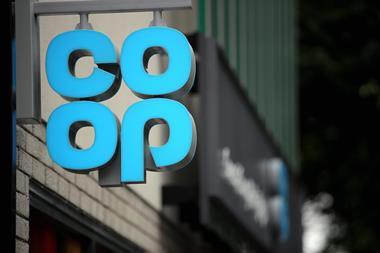

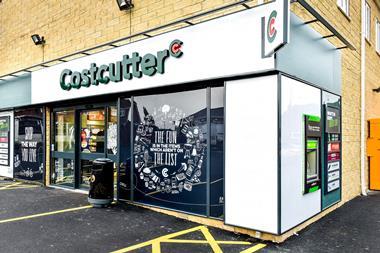



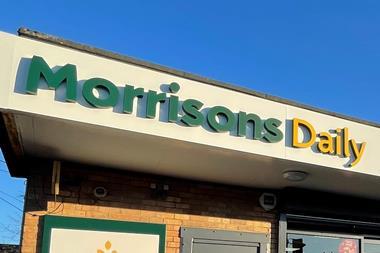
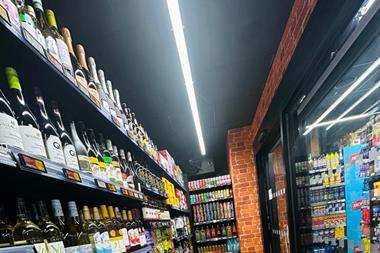
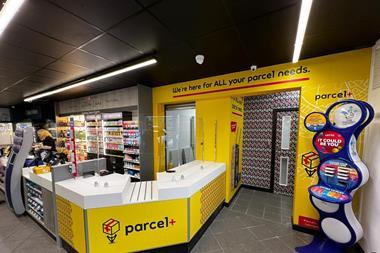



31 Readers' comments